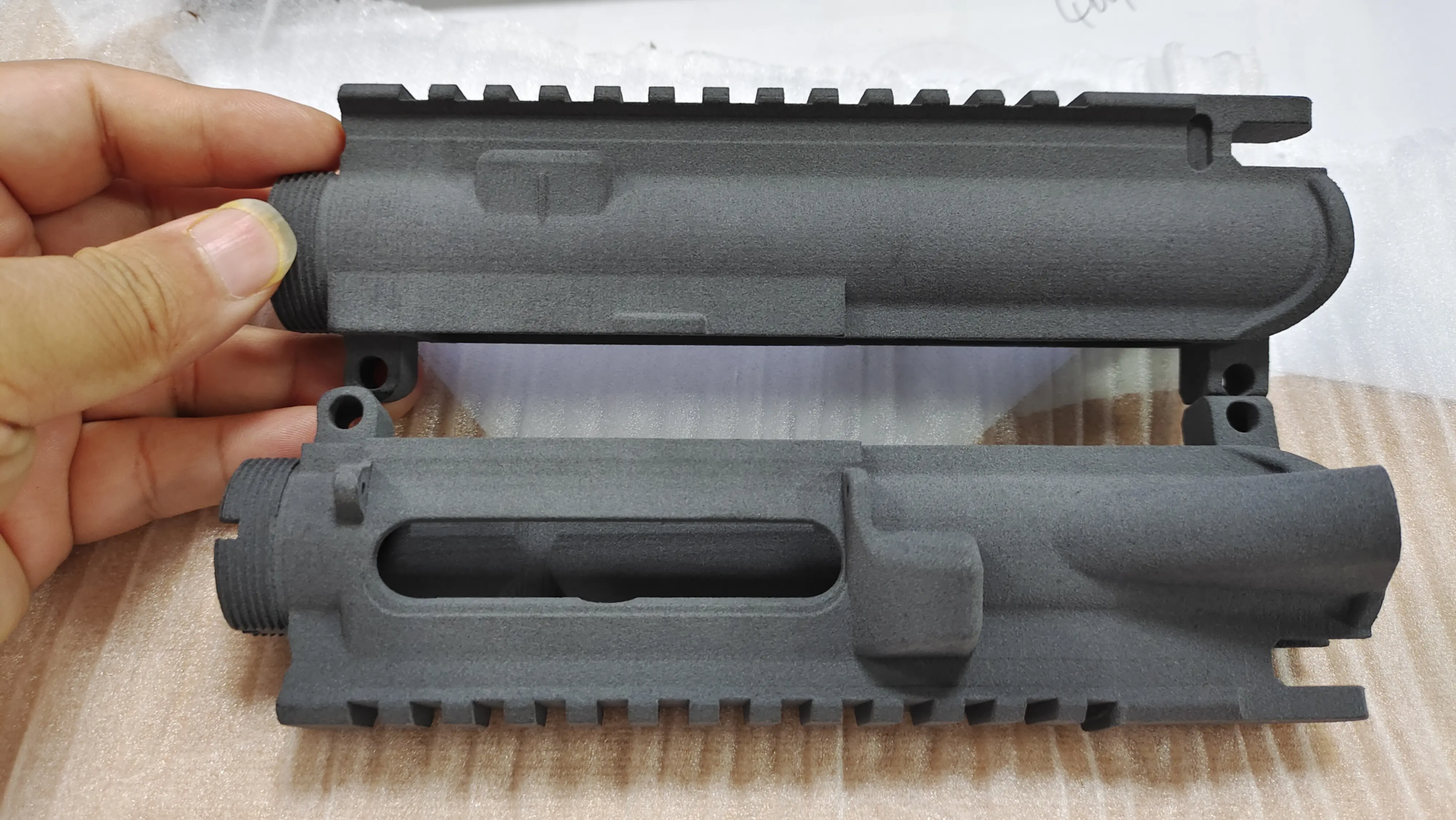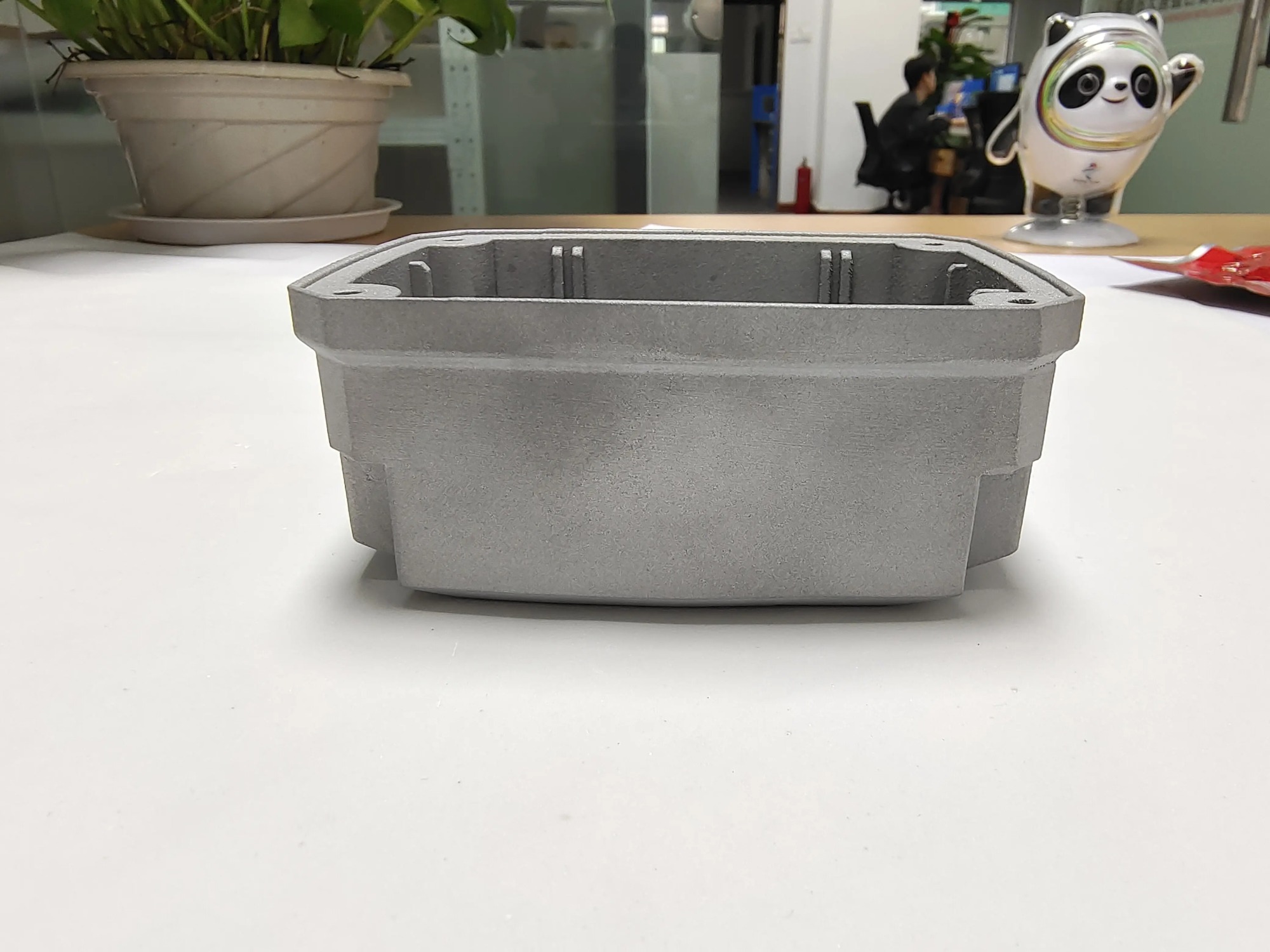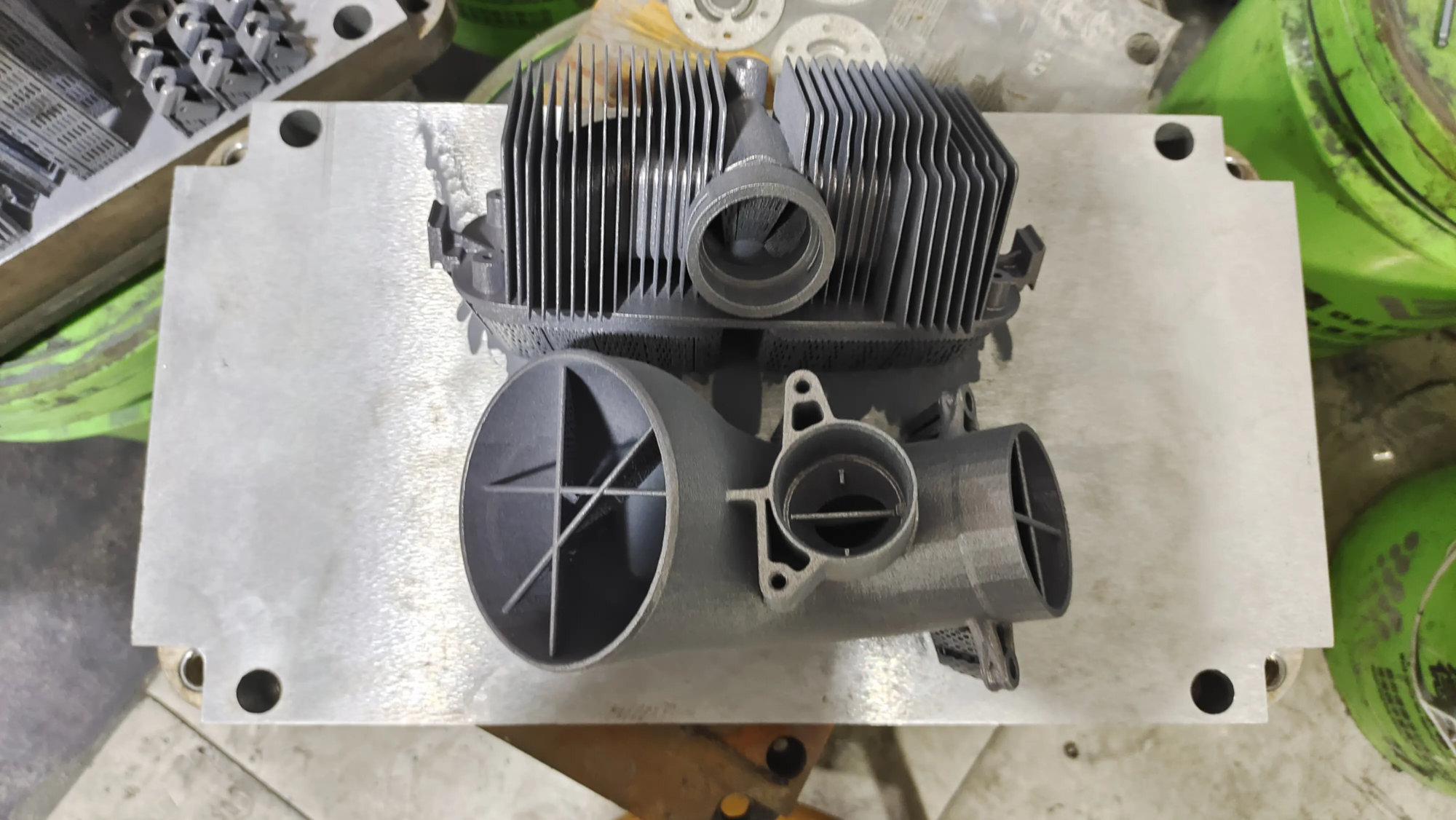As the performance of the car continues to evolve, one of the most overlooked but crucial components to enhance engine efficiency is the throttle gasket. For K20 engine enthusiasts, well-designed throttle gaskets can significantly improve airflow, increase horsepower and refine the engine’s responsiveness. In this article, we will dig into the field of 3D printing and explore how to use the technology to create customized K20 throttle gaskets to provide a comprehensive guide on the process, benefits and considerations.
Understand the K20 throttle body interval
Before we dig into the 3D printing process, it is necessary to understand the function and importance of throttle gaskets. The throttle gasket is an accessory installed between the throttle body and the intake manifold, designed to enhance airflow by creating a smoother, more restrictive air entry into the engine. This improvement in airflow results in increased horsepower, better engine response and possibly improved fuel efficiency. For a K20 engine known for its high-performance features, the throttle gasket may be a direct but effective modification that unlocks extra power.
The role of 3D printing in manufacturing
3D printing or additive manufacturing provides a revolutionary approach to the production of complex parts such as throttle gaskets. Unlike traditional manufacturing methods that usually involve casting or processing, which can be limited by tool and material disassembly, 3D printing allows for the creation of complex designs with high precision. This method is particularly beneficial for the production of parts with complex geometries that cannot be easily manufactured using conventional techniques.
Precautions for designing 3D printed throttle body gaskets
When designing throttle body gaskets for 3D printing, several key factors must be considered to ensure that the parts are not only suitable for perfection, but also function as expected. These include:
Material selection: The choice of materials is crucial. For throttle gaskets, materials with high thermal resistance and mechanical strength are preferred. Commonly used materials include aluminum and stainless steel, which can be printed using selective laser melting (SLM) or other metal 3D printing techniques.
Design geometric shapes: The internal geometry of the gasket should be designed to optimize airflow. This may include features such as tapered sections, corner smoothing and creating a Venturi effect to increase airflow velocity.
compatibility: The gasket must be designed to perfectly be between the throttle body and the intake manifold of the K20 engine, requiring precise measurements and potentially custom designs to achieve different engine configurations.
- Structural integrity: The design should ensure that the gasket can withstand operating conditions, including temperature fluctuations and pressure changes in the engine.
3D printing process
The process of 3D printing of K20 throttle gaskets involves multiple steps:
design: Use computer-aided design (CAD) software to create digital models of gaskets, combining the above design considerations.
Material preparation: Prepare metal powder or wires for the 3D printing process according to the technology used.
print: The 3D printer lowers the continuous layers of the material, fuses them together to form a solid spacer according to the design specifications.
- Post-processing: After printing, the part may undergo other treatments such as machining to achieve precise dimensions, heat treatment to reduce pressure, and surface treatment to improve appearance and performance.
in conclusion
Integrating 3D printing technology into the manufacturing of throttle gaskets provides K20 engine enthusiasts with a unique opportunity to enhance the performance of the vehicle. By understanding the design considerations, materials and processes involved, individuals can create custom gaskets that not only improve engine efficiency but also reflect their personal preferences for design and performance. As technology continues to evolve, the potential of innovative, high-performance components such as 3D-printed throttle gaskets will only grow, providing new boundaries for car enthusiasts and manufacturers.
FAQ
Which material is best for 3D printing throttle body gaskets?
- Materials with high thermal resistance and mechanical strength, such as aluminum and stainless steel.
Can any 3D printer produce throttle gaskets?
- No, metal 3D printing techniques such as selective laser melting (SLM) are necessary to produce parts with the necessary strength and thermal properties.
How do throttle body gaskets improve engine performance?
- By creating a smoother, less restrictive airflow path in the engine, resulting in increased horsepower, better engine response and potentially greater fuel efficiency.
Is the 3D printed throttle body spacer customizable?
- Yes, one of the important advantages of 3D printing is the ability to create custom designs tailored to specific engine configurations and performance goals.
- Do 3D printed throttle body gaskets require additional treatment after printing?
- Yes, post-treatment steps such as machining, heat treatment and surface finishing may be required to achieve the desired size, reduce pressure and improve the surface surface of the part.





